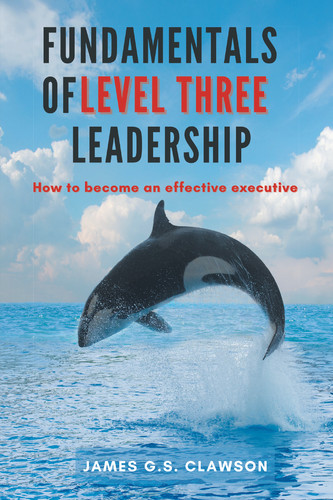Concept
The most commonly mentioned issue in my seminars world wide is work-life balance. Current pundits talk about work-life integration. Whether you think it as balance or integration, the way we move from our personal, home, family, and work roles has, with new technology, grown more complex. One CEO I know slept with his cell phone and would send out texts as he thought of them—and expected answers when he got in to the office early the next day. Some managers draw sharp lines between their work and personal lives, they compartmentalize their lives like the water-tight compartments of a submarine striving to keep the emotions and thoughts of one arena (work or home) separate from the other. Their VABE would be “don’t take work home, and don’t take home to work.”
Whether we pay attention to them or not, we have a number of “–AL” aspects of life that are unfolding as we live. These include the physical, professional, financial, intellectual, emotional, social, marital, parental, familial, sexual, spiritual, and ecclesiastical aspects of life. We could sort these into four clusters: professional, personal, familial, and societal. Many observers today only want to look at those four clusters, but I feel it is important to look at each of the underlying –AL aspects individually.
Consider the condition of a newborn child. On all of these dimensions, their development is, shall we say, at zero. Over the course of time, depending on multiple factors, the child develops its physical, social, emotional, intellectual, and all of the other aspects. We could array these aspects on a radar chart with zero development at the origin (center) and subsequent development radiating outward on these 10 to 14 dimensions. Let’s put world-class on the outer most ring; on a scale of 1 to 10, this would be 10.
World-class on the financial aspect would be about $75 billion (Bill Gates in 2017). World-class on the physical dimension would be Olympic gold medals or world championships. World-class on the intellectual dimension would be Leonardo DaVinci, Isaac Newton, and Albert Einstein. World-class on the spiritual dimension would be… pick your favorite: Dalai Lama? The Pope? Mohammad? And so forth. What’s a world-class parent? You decide.
At birth, a person has no development. At age 10, what would the development of that no-longer newborn child look like? At age 20? 30? 50? You could, and I encourage you to do so, rate your development annually. That would be like a personal balance sheet similar to what a corporation does every year. It’s a way of gauging progress. This would give you a traceable and more comprehensive way of making your New Year’s resolutions.
You could also set some goals for each dimension. What do you want your net worth to be? Where is it now? Is there a want-got gap? And so on, for all of the –AL dimensions. You can draw this line on a radar chart (see below) and compare what you want with what you have got.
We use world-class on the outer circle to compare ourselves with the rest of humanity. Putting in your personal ideal self profile allows you to compete against your own goals, not necessarily against the best of human kind over the millennia.
You can download this Excel spreadsheet from my personal webpage that will do the calculations for you. https://nadobimakoba.com/managing-careers/
Example
The Balance Wheel of the subject of an often-used case on a 42-year-old general manager looks like this:

You can see here the person’s self-assessment in the blue and his ideal self in the green. (Colors in e-book format only.) In some dimensions (e.g., Professional), he has reached his goal, while in other areas (e.g., Physical), he has not. Reviewing this profile annually, this man could manage or lead himself to become the person he wants to be.
Diagram
You can see in this screen shot of the spreadsheet/workbook that you can easily input your 1 to 10 rating of your development and then of your ideal self. The workbook will then automatically chart your radar chart shown below.

Challenge
1. Download the Excel Career Options Workbook (COW).
2. Fill in your current level of development as shown above.
3. Fill in your desired level of development as shown above.
4. Use this tool to guide your New Year’s resolutions annually.
5. Print or save your annual profiles so you can compare them over the years.
6. Take control of the balance in your life.
